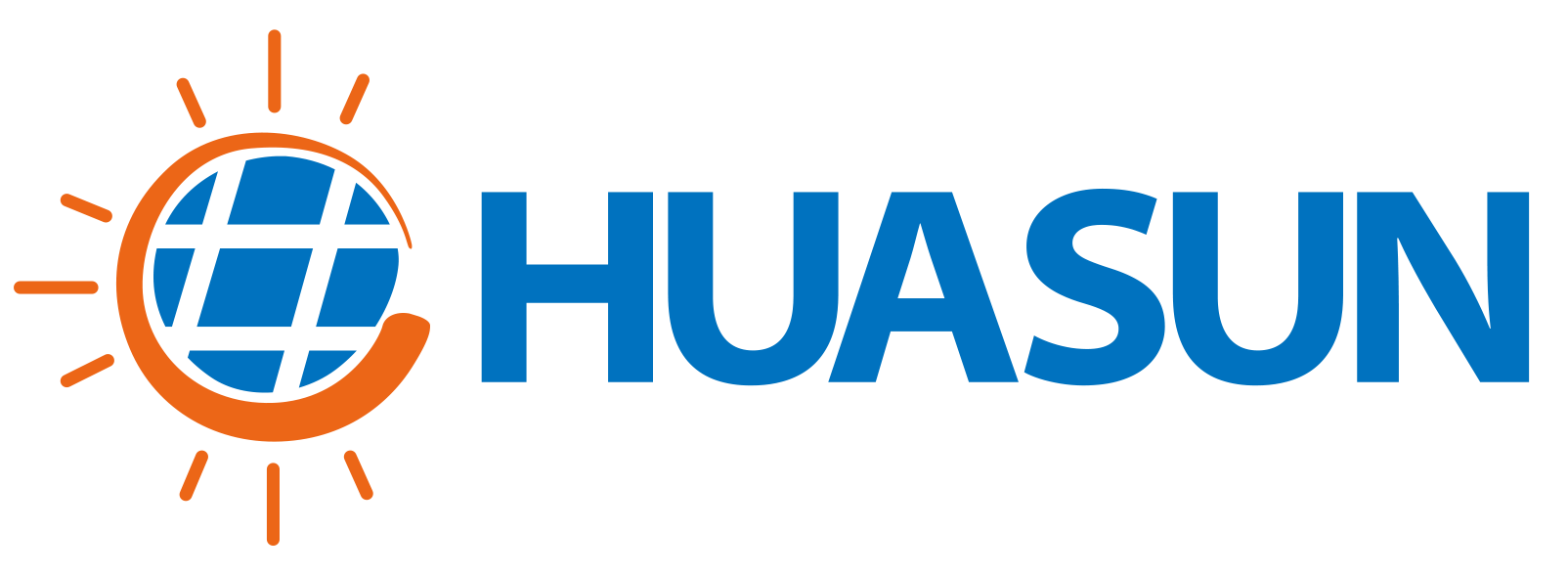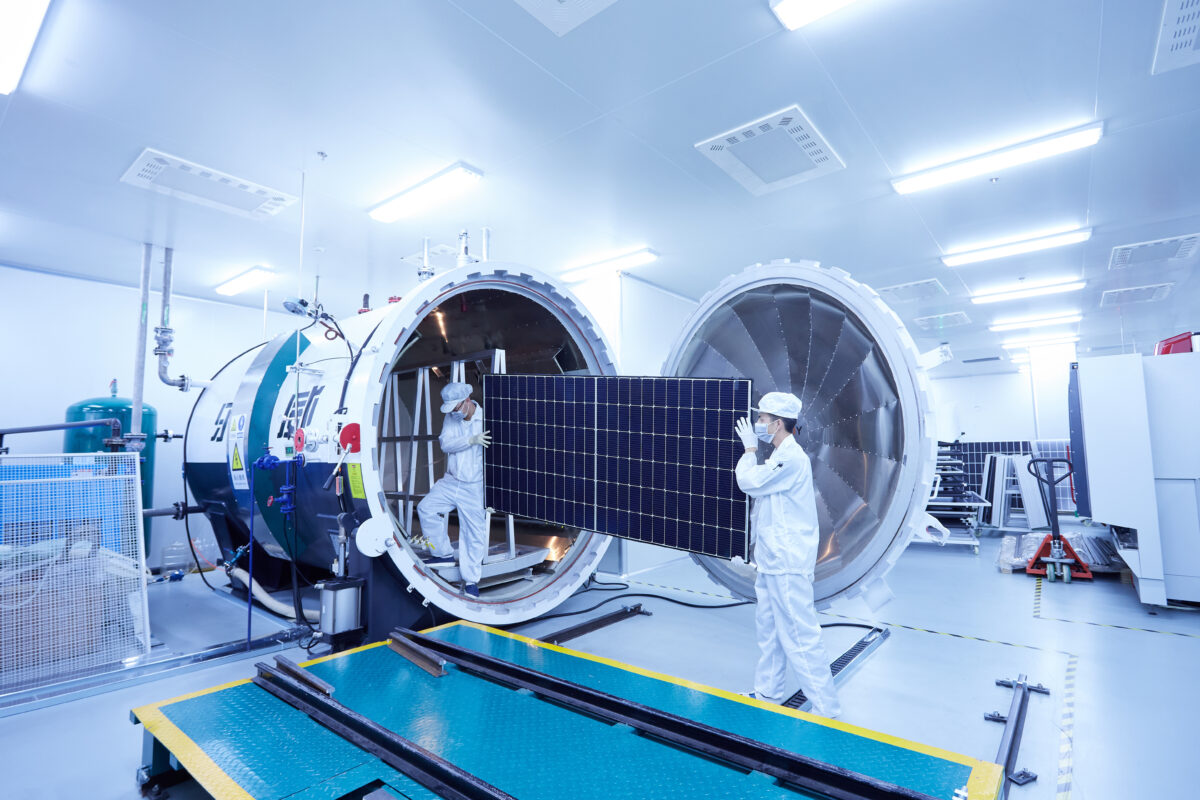Increasing the power conversion efficiency of a solar module from 23.30% to 24.16% in the eyes of someone that is not familiar with energy matters, or the photovoltaic industry, may seem like negligible progress.
For those who work in this sector, however, these results are clearly a huge leap toward better-performing photovoltaic projects and a lower levelized cost of energy (LCOE), provided that module manufacturers can then scale up the technology in mass production without an unmanageable increase in production costs.
Huasun was able to achieve this result between March and November 2023, at least from an efficiency perspective, with a HJT solar panel that saw its power output increase from 723.97 W to up 750.54 W, with certification body TÜV SÜD confirming the results.
The Himalaya G12-132 module is made up of bifacial micro-crystalline G12 HJT cells with 20 busbars, produced independently at the Huasun Xuancheng Phase IV HJT Cell Project.
Cost vs. efficiency
The company acknowledges that there is a tradeoff between high efficiency and lower cost yet is confident that major hurdles may soon be overcome.
“We already arrived [at] a level of silver (Ag) paste consumption around 16 mg/W,” according to the company’s CTO, Wenjing Wang. “If we want to further increase the efficiency, we will have to use the slower plasma enhanced chemical vapor deposition (PECVD) process and more Ag paste. We may arrive at higher average efficiency in mass production, such as 26%, and the module power may even arrive at 725 W. But that requires more process equipment and more Ag paste consumption.”
Furthermore, the company is aiming to reduce electrode costs and has utilized standardized manufacturing solutions such as copper (Cu) plating, Ag/Cu pastes, wavelength conversion encapsulant film, butyl rubber sealing technology, wafer cutting technology, and novel chain type wafer gettering.

New cell architecture
The HTJ solar cell technology developed by Huasun doesn’t utilize traditional monocrystalline wafers, but n-type wafers based on microcrystalline silicon. This material, which is being widely utilized among thin-film solar cell makers, has the advantage of a high carrier mobility, due to the presence of crystalline silicon (Si) grains in the microcrystalline material, and low bandgap energy.
Furthermore, Huasun has developed a method in wafer manufacturing to make more efficient use of available ingot material. “We can use the edge part of an ingot, when we cut the cylinder into a square ingot,” Wang said. “There is an edge left that we can use to get more wafer pieces from the same ingot. The edge part is commonly sent back to the Czochralski (CZ) furnace to rebuild new ingots, but we can also cut the edge part to cut pieces to be reused directly in our HJT cell.”
More from our partners
“We call this cell generation HJT 3.0, as it differs from our previous products for using microcrystalline silicon only,” Wang said, referring to the newest product developed by the company. “For our first generation, we used amorphous silicon (a-Si) thin film and for the second we used both amorphous and microcrystalline.”
Compared to the second-generation device, the third-generation cell has demonstrated up to 1.0% higher efficiency in the lab, and up to 0.3% higher efficiency in commercial production, according to the company.
The cell also relies on carrier-selective passivating contacts (CSPCs) made of micro-crystalline silicon monoxide. These contacts lead to a spatial decoupling of carrier generation and carrier separation in the cell and offer remarkable passivation, improved carrier selectivity, and low contact resistivity.
The cell also features the so-called super multi busbar (SMBB) technology, which is an evolution of the multi busbar (MBB) standard and consists of using a dense network of busbars (usually more than 10), which reduce resistance and improve shading tolerance.
HJT 4.0
As a company that is always innovating and improving upon its technology, Huasun has created a roadmap for its cells. Moving to HJT 4.0, the company will optimize the transparent conductive oxides (TCO) layer and reduce the thickness of the silicon layer down to 90 micrometers. To further reduce costs, the company aims to decrease the amount of silver needed in each cell, with the ultimate goal of completely eliminating silver with the move to copper plating.
Wang said that the evolution to HJT 4.0 will also involve a transition to zero busbar (0BB) technology, paving the way to efficiencies of 26.0-26.5% in mass production. Beyond Huasun’s fourth-generation plans, the company is already exploring the development of HJT+perovskite tandem cells that could reach 28% cell efficiency, with 800 W of power capacity.
The company plans to verify the tandem technology on a 210 mm solar cell and to verify mass production equipment for the perovskite cell, targeting mass production of tandem products by 2025.
This article appears in the new Huasun Corporate Edition, launched on April 10, 2024. Read the whole edition here.
This content is protected by copyright and may not be reused. If you want to cooperate with us and would like to reuse some of our content, please contact: editors@pv-magazine.com.



If 24% is 750 and 28% is 800 why is 26% only 725?